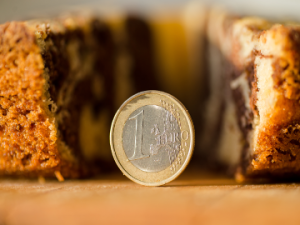
Weaker than expected data for the second quarter from key Eurozone economies has cast doubt on the strength of the economic recovery in the region.
Growth averaged 0.3% across the 19 countries in the Eurozone in Q2, against expectations that it would at least match the Q1 figure of 0.4%, helped by the European Central Bank (ECB) embarking on its programme of quantitative easing (QE).
The ECB said that recovery across the region had been slow and gradual, which it said was “disappointing” and warned that the rally could be further undermined if, as many expect, interest rates in the US are increased by the Federal Reserve this autumn. Earlier this week the ECB expressed concern that volatility in Chinese markets would also adversely impact on the Eurozone.
Although Germany reported steady growth for Q2, with a 04% increase in gross domestic product (GDP) from 0.3% in Q1, the figure for the region’s largest since economy came in below estimates for 0.5% growth.
After a strong Q1, with growth revised upwards from 0.6% to 0.7%, France’s economy showed zero growth in Q2 – even missing estimates of modest 0.2% growth – as weak consumer spending undermined a strong export performance.
The Netherlands also saw little growth in Q2, with the economy advancing by just 0.1%. Italy, which has only recently emerged from three years of recession, recorded 0.2% growth in Q2 against 0.3% in Q1.
The disappointing figures could partly reflect a slight recovery by the euro, which fell by more than 8% on a trade-weighted basis in Q1 before making a partial recovery in Q2.
The worst performance was recorded by Finland, where the economy contracted by -0.4% in Q2 to mark the fourth consecutive quarter with a negative figure. The best came from the eurozone’s peripheral members, with Greece managing an impressive 0.8% increase and Spain also improving.








